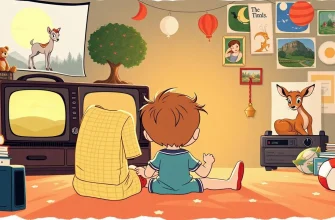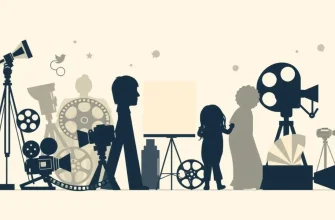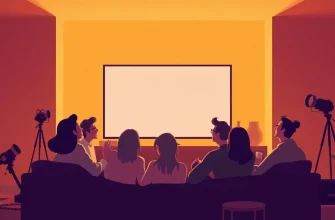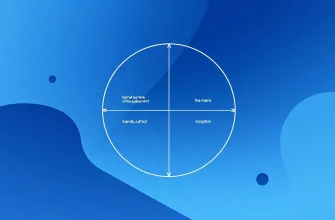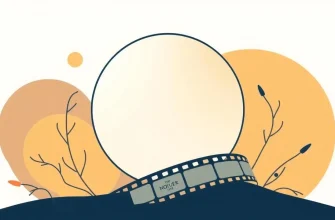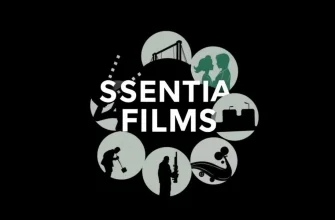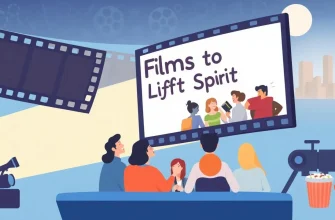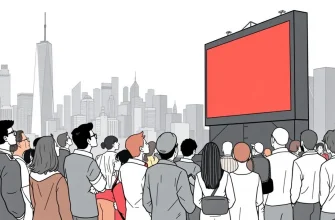Embark on a journey through the surreal and the mind-altering with our selection of the best psychedelic and trippy films ever made. These films are not just movies; they are experiences that challenge perceptions, expand consciousness, and often leave viewers questioning reality itself. Whether through visual effects, narrative structure, or thematic exploration, each film in this collection offers a unique trip into the depths of the human psyche and beyond.
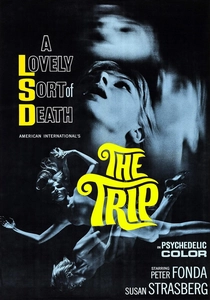
The Trip (1967)
Description: Directed by Roger Corman, this film follows a TV commercial director's LSD trip, capturing the era's fascination with psychedelics through its visual style and narrative.
Fact: Peter Fonda, who stars in the film, also co-wrote the screenplay. The film was shot in just 10 days, reflecting the spontaneity of the psychedelic experience.
 Watch Now
Watch Now
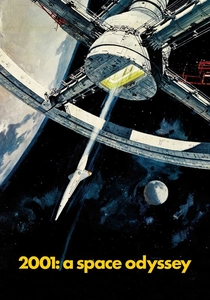
2001: A Space Odyssey (1968)
Description: Stanley Kubrick's masterpiece is renowned for its psychedelic "Star Gate" sequence, which uses groundbreaking visual effects to simulate an acid trip, exploring themes of evolution, technology, and the unknown.
Fact: The film was inspired by Arthur C. Clarke's short story "The Sentinel". Kubrick and Clarke collaborated on the screenplay, with the film's visuals influencing the novel's final version.
 Watch Now
Watch Now

A Clockwork Orange (1971)
Description: While not explicitly psychedelic, Kubrick's film uses vivid colors and a disorienting narrative to explore themes of free will, violence, and conditioning, creating a trippy atmosphere.
Fact: The film's use of the Ludovico technique was inspired by real-life aversion therapy techniques. The soundtrack includes classical music, which adds to the film's unsettling tone.
 Watch Now
Watch Now
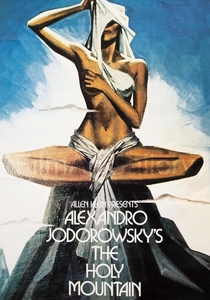
The Holy Mountain (1973)
Description: Alejandro Jodorowsky's surrealist masterpiece blends alchemy, mysticism, and psychedelic imagery to tell the story of a Christ-like figure's quest for enlightenment.
Fact: The film was funded by John Lennon and Yoko Ono, who were fans of Jodorowsky's work. It was banned in several countries for its controversial content.
 Watch Now
Watch Now

Altered States (1980)
Description: This film, directed by Ken Russell, follows a scientist experimenting with sensory deprivation and hallucinogens, leading to mind-bending transformations and visions.
Fact: The film is based on the novel by Paddy Chayefsky, who also wrote the screenplay under the pseudonym Sidney Aaron. The film's special effects were groundbreaking for the time.
 Watch Now
Watch Now
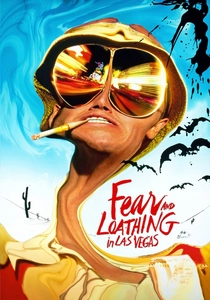
Fear and Loathing in Las Vegas (1998)
Description: Based on Hunter S. Thompson's novel, this film captures the essence of a drug-fueled journey through the surreal landscapes of the American Dream, with Johnny Depp's portrayal of Raoul Duke being particularly trippy.
Fact: The film's visual style was heavily influenced by Ralph Steadman's illustrations for the book. The set design included real drugs to maintain authenticity.
 Watch Now
Watch Now
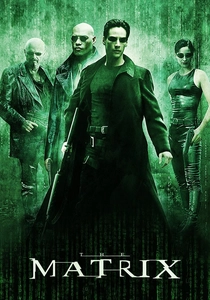
The Matrix (1999)
Description: While more sci-fi than psychedelic, the film's exploration of reality, perception, and consciousness through its visual effects and philosophical questions makes it a trippy experience.
Fact: The film's "bullet time" effect was a significant innovation in visual effects. The Wachowskis were influenced by anime, cyberpunk literature, and philosophical works like "Simulacra and Simulation" by Jean Baudrillard.
 Watch Now
Watch Now
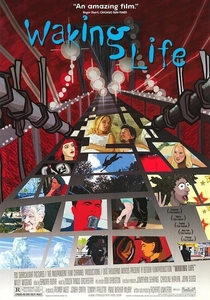
Waking Life (2001)
Description: Richard Linklater's rotoscoped film delves into existential questions through dream-like sequences, offering a visual and philosophical trip for viewers.
Fact: The film uses a technique called rotoscoping, where live-action footage is traced over to create an animated effect. Many of the conversations in the film are based on real philosophical discussions.
 Watch Now
Watch Now
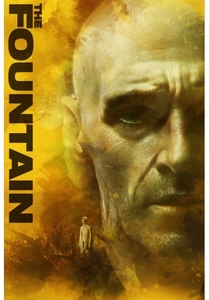
The Fountain (2006)
Description: Darren Aronofsky's film intertwines three narratives across time, using visual and narrative elements to explore themes of love, death, and rebirth in a psychedelic manner.
Fact: The film was originally conceived as a much larger project but was scaled back due to budget constraints. The tree of life in the film was inspired by Mayan and Kabbalistic symbolism.
 30 Days Free
30 Days Free
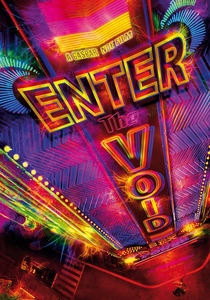
Enter the Void (2009)
Description: Gaspar Noé's film is an experimental journey through the afterlife, using first-person camera work to simulate an out-of-body experience, with visuals that mimic the effects of DMT.
Fact: The film took over 10 years to complete due to its complex visual effects and narrative structure. It was shot in Tokyo, with much of the film's visual style inspired by the city's neon lights.
 30 Days Free
30 Days Free


